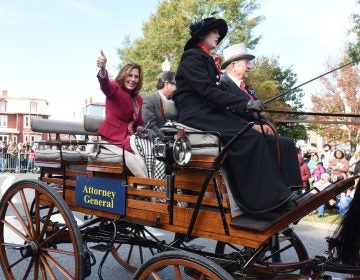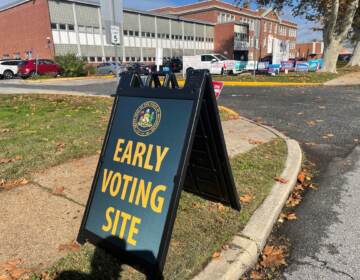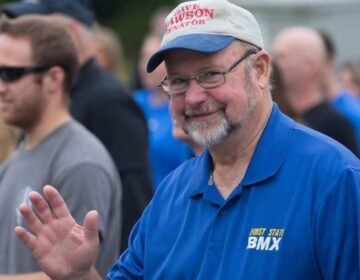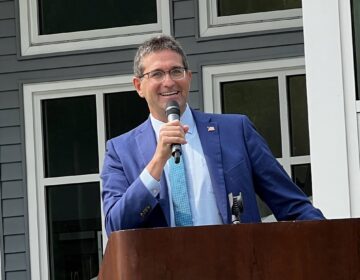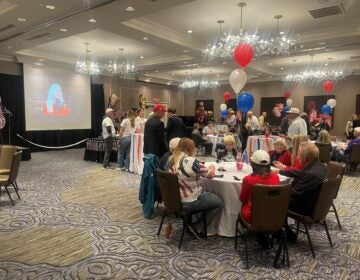Delaware post-election show of unity in jeopardy: Will Return Day fall victim to political polarization?
The Return Day tradition is in danger of being swept up – at least in part – in the polarization that has become commonplace in our nation’s discourse.
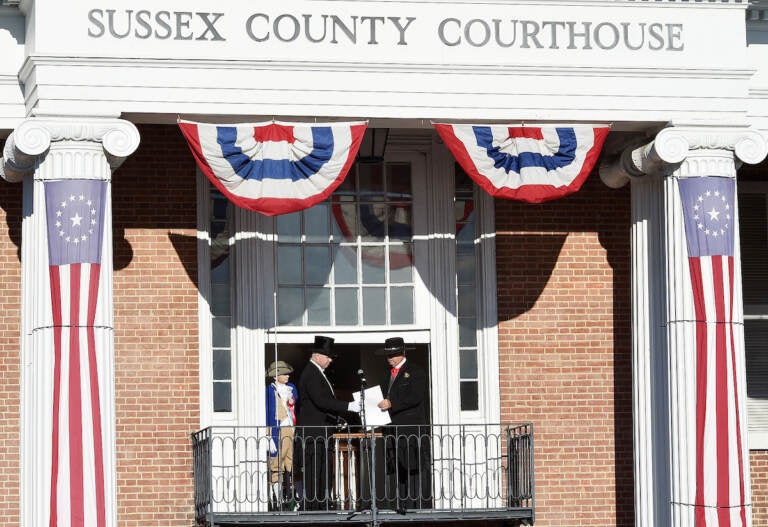
Sussex County Sheriff Robert Lee, right, hands the election results to Georgetown Town Crier Kirk Lawson as Sussex County Return Day in 2018. (Delaware State News / Chuck Snyder)
WHYY is part of the Delaware Journalism Collaborative, a partnership of local news and community organizations working to bridge divides statewide. Learn more at ljidelaware.org/collaborative.
You have to wonder: In these days of deep political anger, how wise is it to let opposing politicians stand together near a weapon?
That’s what Delaware does after every election. It’s the tradition of Return Day, and the weapon in question is a hatchet buried by the opposing sides in a reenactment of the old metaphor.
Democratic and Republican politicians from the governor to senators to local town council members gather for a parade, feast, and speeches, riding in carriages together in a demonstration of goodwill.

It’s not perhaps a sign of affection but at least a token of willingness to work together for the good of the state and a reminder that, though they’re opponents, they don’t have to be enemies.
“It means, kind of, the essence of how politics should be,” said Republican state Sen. Brian Pettyjohn, who represents the Georgetown area. It’s “the beginning of us as elected officials actually getting to work for the people that elected us. And to put the partisanship aside.”
That’s the idea anyway.
But this year, a note of discord has crept in. The Delaware Democratic Party Executive Committee has called on its candidates not to ride in some of the carriages used in the parade. Why? The antique vehicles come from the Nutter D. Marvel Carriage Museum, which is under fire for a Confederate battle flag flying above a memorial to Delaware soldiers who fought on the Southern side in the Civil War.
The dispute over a flag flown in a war more than 150 years ago is just one of the many fights that have split communities in the United States in recent years. It’s also a chilling reminder of where such polarization can lead.
“It’s increased everywhere. And, unfortunately, we’re seeing that increase [in polarization] in Delaware, as well,” Sen. Pettyjohn said. The division is trickling down to the local level, from state races to town elections.
Is polarization always bad?
Friendship and unity are appealing, but what about fights worth having?
This tension came up quickly in conversations with observers of the Georgetown dispute, as they spoke of the importance both of working together and sticking up for important principles. Battles over values, of course, are often at the heart of division, whether it’s a Civil War flag, abortion, or capitalism.
“It’s become increasingly clear that there are certain things that people don’t want to compromise on,” said Travis Williams, executive director of the Delaware Democratic Party. “And if the Confederate flag is one of those things … acknowledging the humanity of certain members of the community, that’s not something I’m willing to compromise on.”
Polarization and division are not necessarily the same, though, by polarization, people often mean hostility. On a basic level, polarization could be described simply as the parties becoming more clearly defined by ideology, as the journalist Ezra Klein argues in his 2020 book, “Why We’re Polarized.” People within the parties line up more closely with that ideology, like metal shavings sharpened into a line by a magnet. In fact, Klein cites political scientists in the 1950s who were deeply concerned that the parties were too similar, giving voters no real choice.
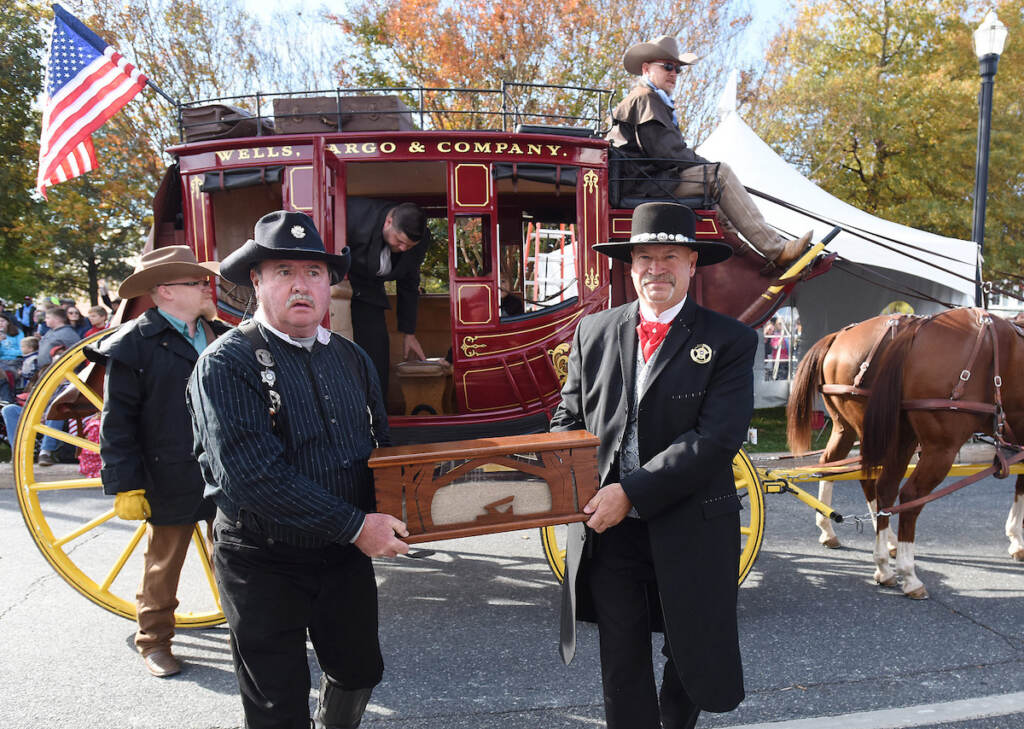
“Division is natural, right, and that’s instrumental to any sort of vibrant, healthy, democratic dialogue between different groups,” said Niklas Robinson, an associate professor of history at Delaware State University. Polarization and party politics have been embedded in the system since the beginning.
But, as most people use it, the term “polarization” has come to mean extremism. It’s “the digging in of heels and refusing to be moved by any sort of counterargument,” Robinson said. The polarized extremes “really play on people’s emotions and fears, as opposed to motivating people to think and learn.”
Klein says when our identities become tied up in our parties, every election feels like a must-win crisis. If you disagree on a host of major issues and don’t share common goals — or don’t think you do — it’s easier to hate people on the other side and view them as dangerous enemies.
“Unfortunately, that divide between political points of view are really taking over our homes, our daily lives … because you have an R or a D on your chest, [and] that’s why I don’t like you anymore,” said Carlos de los Ramos, chairman of the Delaware Hispanic Commission. “And so that needs to change.”
“To continue in this direction is going to destroy us.”
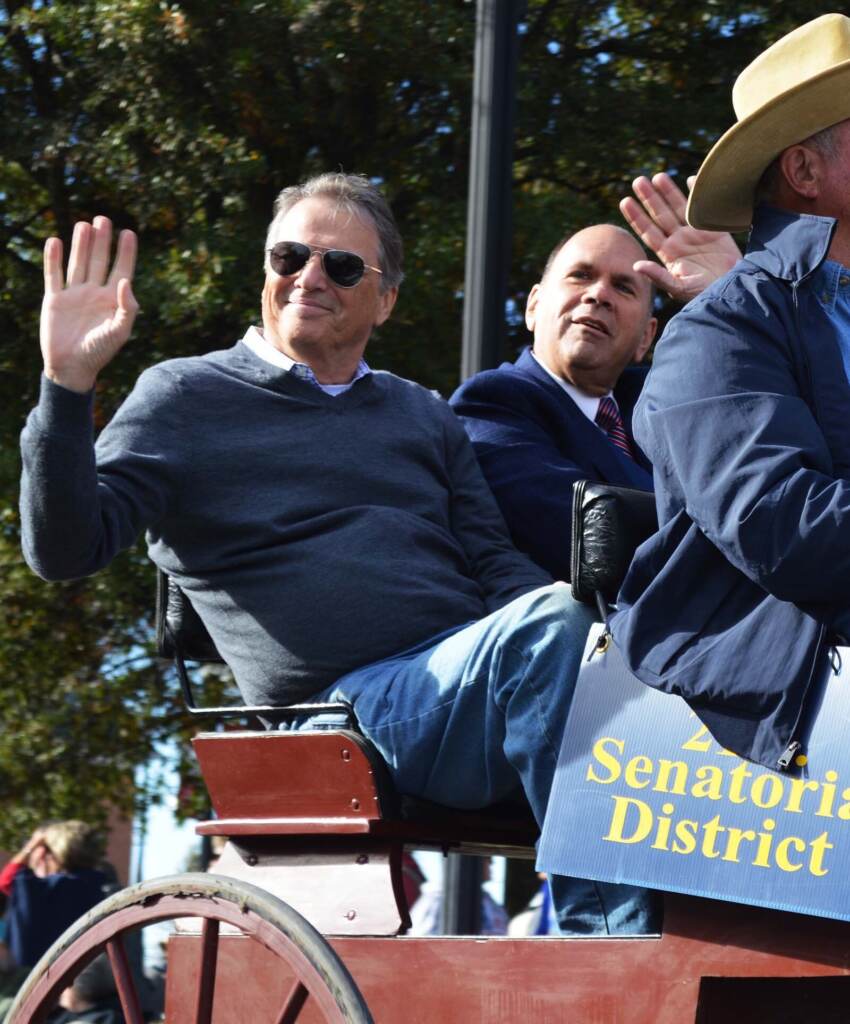
Finding common ground
Ask why our divisions are becoming more extreme, and some common themes quickly emerge, centered on how and why we get our information.
Interest groups pour an incredible amount of money into American politics, Robinson said, with billions of dollars being spent on the upcoming midterm elections alone.
Division is fed by disinformation, like wild conspiracy theories, and by ready access to news that supports a particular point of view. “We have media outlets that are either really far to the right, in the case of Fox News, or really quite far to the left like MSNBC and the Huffington Post,” he said.
Misinformation and big money combined, Robinson said, are very destabilizing. Conspiracy theories circulate on social media and personal connections have been replaced with online interactions.
“I don’t know how you change that culture, to have people engage in proper face-to-face discussions,” Robinson said. As a historian, he can weigh in on what has happened but doesn’t have a lot of answers on how to fix things. “In 50 years, 100 years, people will look at this moment — moments — and wonder what the hell people were thinking.”
Polarization involves a complex tangle of related issues. Look closer at the dispute over Return Day, and you’ll find that it doesn’t fit neat partisan boundaries.
Take Tom Marvel. The Georgetown resident recently penned an op-ed about his grandfather, Nutter Marvel, whose estate formed the basis of the Marvel Carriage Museum at the center of the flag controversy. He is strongly opposed to seeing the flag displayed at the museum while it bears his family name, and says other members of the family agree. It’s a symbol of slavery and flies in the face of the Black community in Sussex County, Marvel said.
On the other hand, he also thinks candidates refusing to ride in the carriages is absolutely not in keeping with the spirit of Return Day. “It’s very disappointing, but I can see their point if that’s their belief,” he said.
The Return Day disagreement illustrates the tension between calls for more unity and understanding, and opinions on issues participants feel deeply about.
Coming together after the election is important, Williams said, “a reminder that we’re all in this together. And that’s why we are still expecting to participate.”
Amid the strong feelings, there can still be conversation.
In the past in the United States, De los Ramos said, people in politics came together for a healthy discussion, and afterward, they shook hands and moved on. He admired that.
“That is not happening anymore,” he said.
The need for better community connections and conversation was a common idea for improving the situation.
Joe Lawson is a member of the Southern Delaware Alliance for Racial Justice. He said that even among those unbothered by the Confederate flag, “virtually no one is saying slavery was good. So, let’s try to initiate conversations where we can have some things that we agree on. And in the case of Return Day, we all agree Return Day is a magnificent tradition that Delaware has.”
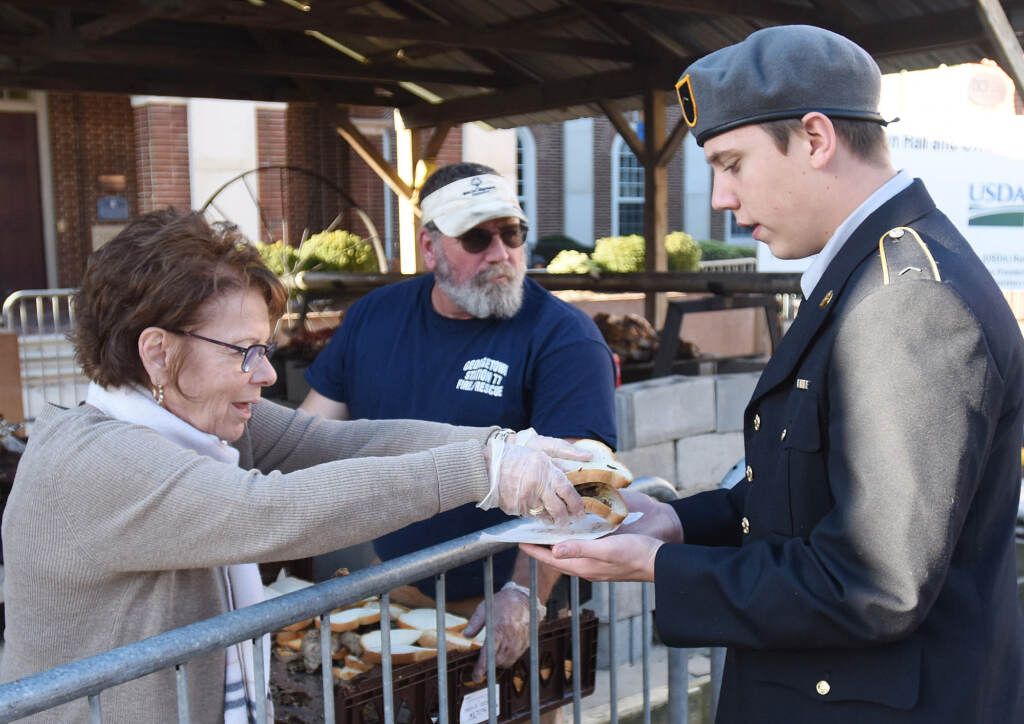
He’d like to see churches and government entities provide forums for these conversations.
Williams said that “it’s important to keep in mind that we are all, should all be, rowing in the same direction.” Delaware is a small state, sort of like a statewide small town, and opponents will cross paths.
“You’re going to interact with people on a regular basis. And even if you disagree with them, you’re still going to have to go work with that same person, see them at soccer practice. … I think a lot of times when folks feel polarized, it’s when those connections, those everyday interactions aren’t as present,” he said.
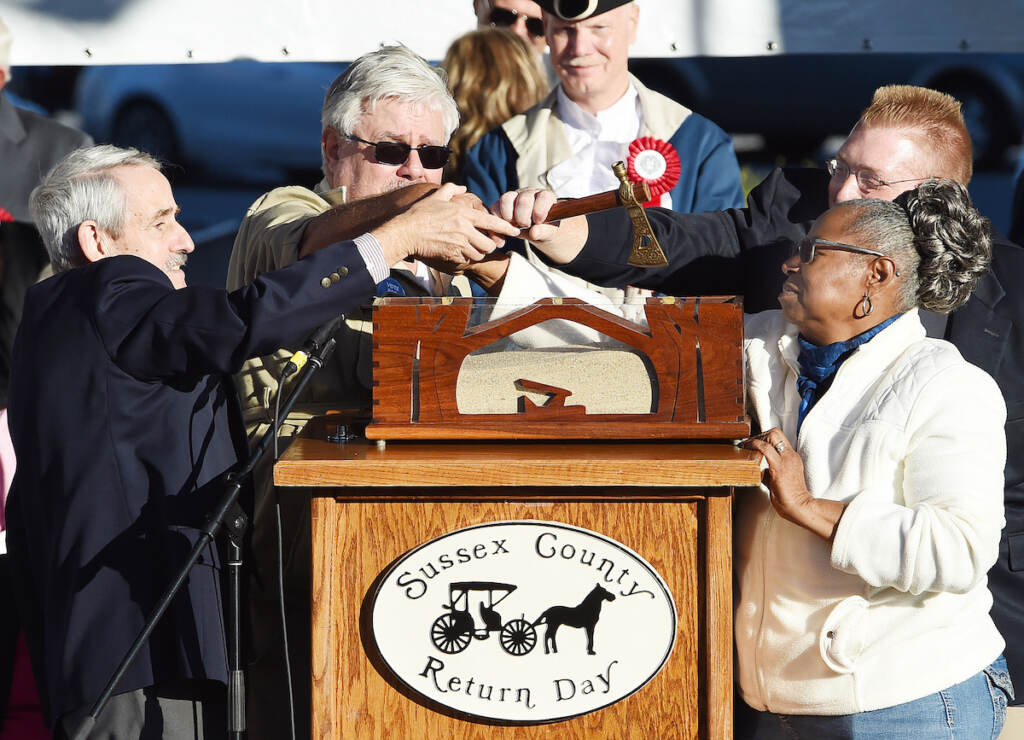
Given the stakes, a collaboration of news outlets around the state has launched a two-year effort to unravel some of those issues and to explore solutions for a better community. In the coming months, look for more stories on the topic from the new Delaware Journalism Collaborative, from articles to radio coverage and videos, along with community forums and other resources.
“We’re at a place in our history when many of us have stopped working together and started working against each other, instead of working in the best interests of our communities,” said Allison Taylor Levine, president of Delaware’s Local Journalism Initiative that spearheaded the idea for the collaborative. “And I think we all realize that’s not doing anybody any good.”
She hopes the collaborative will help people start listening to each other.
Find out more about the effort at ljidelaware.org/collaborative.

Get daily updates from WHYY News!
WHYY is your source for fact-based, in-depth journalism and information. As a nonprofit organization, we rely on financial support from readers like you. Please give today.


